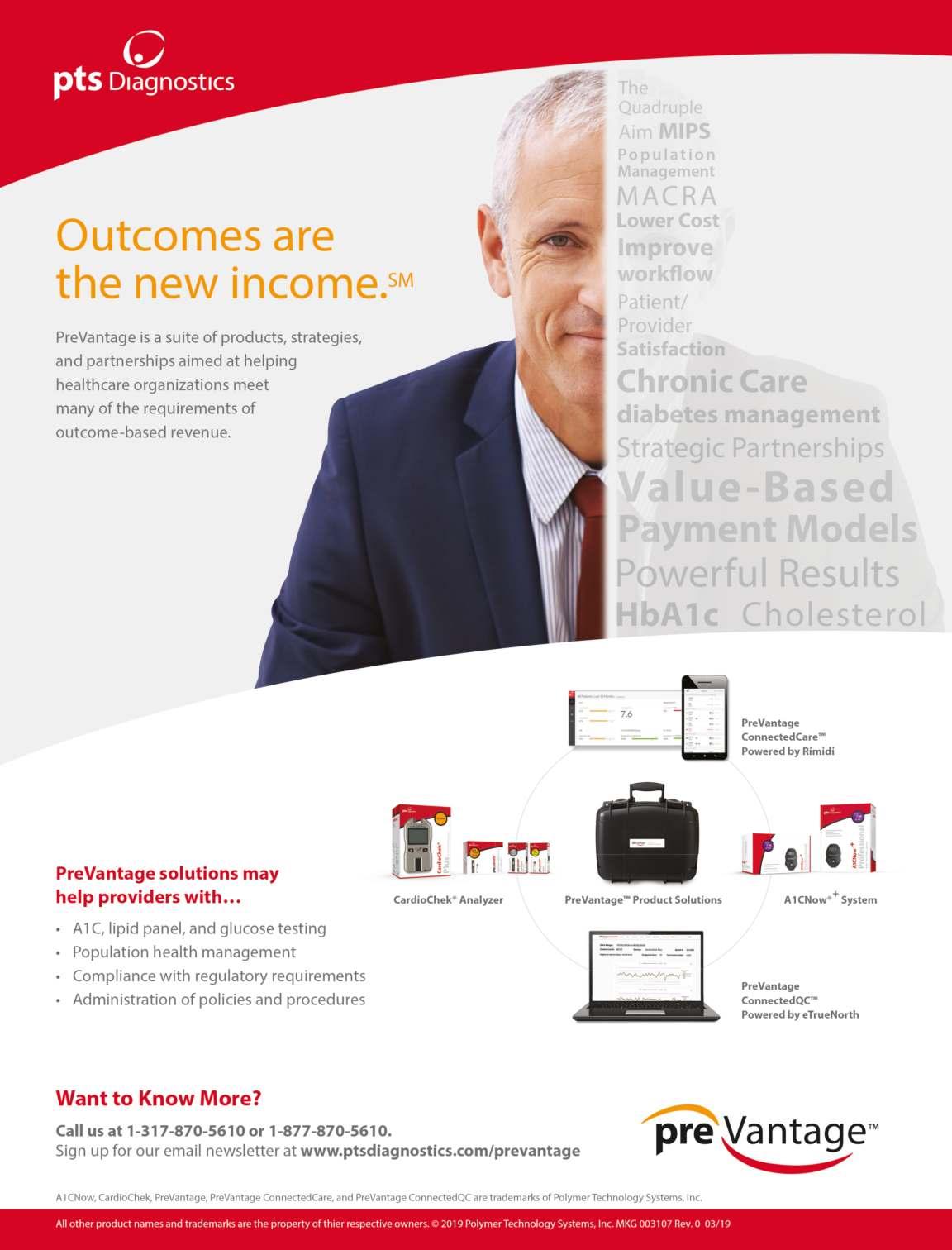
3 minute read
How is Technology enabling Advancements in the Healthcare INDUSTRY?

Humanity has seen the evolution of technology in numerous ways that has impacted almost everything from our classrooms to courtrooms, in-hand media like mobile phones to machines that count our heart beats. Out of all the profited sectors from technological advancements, health care is paramount, because, as it is said, health is wealth. Patients should be familiarized with the use of technology in various treatments. It keeps them aware of whether doctors are treating them correctly and necessary medications that are required.
Advertisement
The future of health care industry is taking a massive change with adoption of technological advancements such as artificial intelligence, virtual reality (VR)/Augmented Reality (AR), 3-D printing and nanotechnology. 3-D printing in medical field is a technology that creates implants or even joints for surgery. It is prevalent in prosthetics that creates limbs that matches patient’s original ones. It is basically creation of artificial organs that are operational like the original ones. 3-D printing technology provides artificial body parts to the patients who have lost some or the other body part in any kind of accident or mishap. It enables ease of mobility to the patient and his immune system does not get affected. The use of virtual reality (VR) has increased in recent years mainly for entertainment purposes. VR can be effectively used in health care industry for medical students to have “real life” experiences in procedures and operating patients. Its use can also be promoted in medical institutes to learn human anatomy.
To begin with, Information Technology (IT) enables doctors and other health practitioners to store, retrieve and keep accurate medical record of the patient. The use of medical tools helps ensure patient safety. It gives alerts on medication, red flags if health seems to deteriorate, consultation and diagnosis reports, for example, wearable like Fitbit and smart watches. Smart watches are revolutionizing health care industry into an entirely new way. It allows us to take care of our physical and mental health right from our wrist. It keeps us on alert mode and makes us aware about our heart rate, water intake, timely physical exercise, oxygen levels and sleep schedules. They also have the potential to detect chronic diseases such as heart attack and they have proved to be evident in saving lives. Research shows that these wearable devices are capable of detecting certain heart diseases like arterial fibrillation (A-fib), and high cost devices like some company’s smart watches can also detect common cold through diagnostic data and electrocardiograms (ECG) in smart watch. More recent advancement in smart watches has become a boon to women’s health. It shows pregnancy report even before clinical test and keeps a track of their menstrual cycle.
The future of health care is dependent on working hand-inhand with technology. It is important to know that health care workers will have to embrace emerging health care technologies in order to stay relevant in the coming years. Since technological advancements, it has now become easier and faster for patients to procure medical services just outside of the four walls of traditional medical system. Apart from artificial intelligence (AI), machine learning and robotics is being developed in medical sector to replace humans in the performance of routine unskilled tasks that are needed by medical practitioners. Sure we need to set some limit to the use of robots in health care industry, but these robots will provide more time to medical professionals to treat more patients in lesser time.
Co-operation between people and technology can result in positive achievements beneficial for our health care. Technology has evolved as a blessing in the treatment of cancer in last few years. Some latest targeted therapies in cancer include intensity modulated radiation therapy (IMRT), image guided radiation therapy (IGRT) and chemotherapy which mainly includes the used of machines to detect cancer cells and target them through radiations. Computer programming is used to improve cancer diagnosis, drug development and precision medicine. Similarly, emerging technologies can win battles for us against life-threatening diseases like AIDS, Ebola and chronic respiratory diseases.
Telehealth is another advancement that has helped medical practitioners to reach out to their patients during the Corona pandemic. This technology helps doctors to send and receive their patients’ reports remotely through distant communication. Today, quite a number of hospitals and health care institutions are maximizing the use of telehealth for remote health monitoring, video visits and in-home chemotherapy. It also helps access clinical trials and cancer care easier for diverse group of patients across wider geographical area.
Cyro-EM is another breakthrough in medical technology that captures images of molecules that are ten thousand times the width of a human hair, at resolutions so high that they were unheard a decade ago. Cyro-EM stands for cyroelectron microscopy that generates high resolution images of how molecules behave and helps in the treatment of cancer until now. Similar to sorting through multiple candid photos to post a good one on social media, this technology enables scientists to analyze hundreds of thousands of cryoEM images for good quality, reconstructing 3-D images of molecules.




















